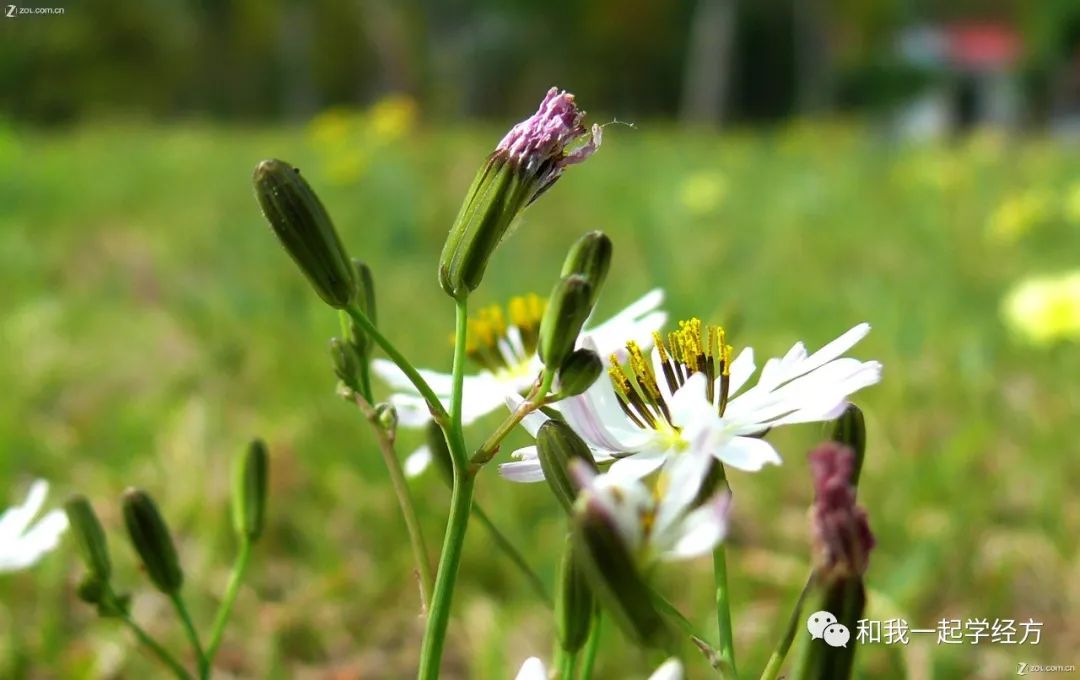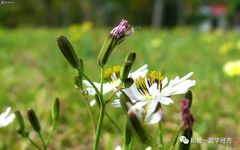
Shang Han Lun (Treatise on Cold Damage) Section 11: If a patient has a great fever but desires clothing, the heat is in the skin, and the cold is in the bone marrow; if the body is very cold but does not want to be near clothing, the cold is in the skin, and the heat is in the bone marrow.
This section differentiates true cold and false heat based on the patient’s preferences. Literally, a patient with great heat, referred to as “great heat,” feels extremely hot but desires to add clothing, indicating they feel hot yet fear the cold, or prefer to be near a fire. This is known as true cold with false heat, where “heat is in the skin, and cold is in the bone marrow.” Here, “skin” represents the “exterior,” and “bone marrow” represents the “interior.” The exterior heat is a false appearance, while the internal cold is the essence of the disease, which we call true cold with false heat, caused by excessive yin overpowering yang. When the internal yin and cold are particularly strong, all the yin energy prevails, and the yang energy is pushed outward, resulting in a false appearance of heat on the surface. So, what kind of medicine should be used? Certainly, we should use warming herbs, right? We treat this false heat with warming herbs, which we call “heat for heat use.” The first “heat” refers to warming herbs; the second “heat” refers to false heat. “Yin” means based on. The term “heat for heat use” means that warming herbs are used based on false heat, but in reality, it still treats the root, which is cold. In clinical practice, the appearance of false cold and heat is not uncommon, so sometimes when treating, we see the patient as hot, but in reality, they are not, or we see the patient as cold, and they are not either.
I once treated an elderly lady from Daxing, Beijing, who suffered from dermatomyositis. This condition is quite troublesome, as dermatomyositis can manifest as burning pain in the muscles and skin, making it difficult to sleep; she had to soak her feet in cold water to sleep, feeling extremely hot, and over time, her muscles would atrophy and lose function. The patient’s symptoms included red, swollen, hot, and painful lower limbs, and she had to soak them in cold water, which would become warm. Initially, I prescribed Bai Hu Tang (White Tiger Decoction), which has excellent dispersing properties, combined with Si Miao San (Four Marvels Powder), with Cang Zhu (Atractylodes) and Huang Bai (Phellodendron) as the two marvelous herbs, adding Chuan Niu Xi (Cyathula) as the third marvelous herb, and Sheng Yi Ren (Job’s Tears) as the fourth marvelous herb. Interestingly, I met a doctor in a hospital treating arthritis with red, swollen, hot, and painful joints, who said he used Er Miao San (Two Marvels Powder) with modifications. I counted 21 ingredients; Er Miao San has only two ingredients, and he added 19 more, which is no longer Er Miao San! We need to be careful when writing medical records; if you have 21 ingredients, it is inappropriate to call it Er Miao San with modifications. Back to this patient, initially, she appeared very hot, with a red tongue and yellow greasy coating, showing no signs of cold. However, after taking Bai Hu Tang and Si Miao San, her pain worsened. I wondered what was happening; I had used 120g of Shi Gao (Gypsum), and after taking it, the patient had diarrhea, but the pain persisted. Later, she said, “Doctor, despite feeling so hot, my leg is very sensitive to cold; when it hurts, there is a burning sensation inside, but when it doesn’t hurt, I must cover it tightly with a blanket, otherwise, I can’t stand it.” This 70-year-old lady, I later found in the literature that in ancient times, there were similar treatments; red, swollen, hot, and painful conditions are a false appearance, with internal cold pushing the yang energy outward, resulting in a false heat appearance. I then changed her prescription to Tong Mai Si Ni Tang (Four Reverse Decoction) combined with Shen Zhuo Tang (Kidney-Strengthening Decoction) from the Jin Gui Yao Lue (Essential Prescriptions from the Golden Cabinet), and as a result, her heat and pain subsided remarkably quickly, with the pain disappearing within two weeks. I later used 30g of Fu Zi (Aconite) and 24g of Gan Jiang (Dried Ginger), which were gradually increased; we should not start with large doses, especially with Fu Zi, which is a potent herb that should be simmered for 40-60 minutes. When preparing Fu Zi, I tell the patient to taste it; if they do not feel numbness in their mouth, it is ready. However, some people are quite sensitive; I encountered two patients who were sensitive to Fu Zi, both of whom were treated with Yi Yi Ren (Job’s Tears) and Fu Zi Bai Jiang San (Aconite and Patrinia Powder) for chronic pelvic inflammatory disease, and both experienced lip numbness after taking 6g of Fu Zi. They called me to report the numbness, and I advised them to stop the medication immediately and come in for a prescription adjustment, knowing it was an issue with Fu Zi. Each person’s tolerance varies; we usually prescribe 6-10g and gradually increase.
Thus, sometimes true cold with false heat or true heat with false cold can indeed be confusing. True heat with false cold occurs when excessive yang energy pushes the yin cold energy outward, resulting in true heat inside and false cold outside. I have a deep impression of this. During my university internship, I followed a teacher who was a well-known local physician with many patients. One day, a person rushed in, and at that time, phones were rare (I interned in 1982). The person said, “Doctor, please help; we have a patient who is about to die.” The teacher took me to see the patient. Upon arrival, the patient looked alarming, with clenched jaws, hands and feet as cold as ice, and extremities cold. When we asked, he did not respond. We first measured his blood pressure and listened to his heart, which were normal, not resembling the signs of yang energy decline. When examining the tongue coating, the patient did not open his mouth, so we used chopsticks to pry it open. The patient, possibly in pain, opened his mouth, and the foul odor was unbearable. This indicated internal heat. During the examination, the patient wanted to drink water, and his family offered him very hot water, but he refused it, saying it was hot. The teacher said, “Get him some cool water,” directly from the tap, and the patient drank it all in one go. What does this indicate? The extremities were cold, but there was heat inside; the yang energy was trapped inside and could not escape, which we call “heat obstruction syndrome.” The teacher observed these signs, the foul breath, preference for cool water, along with a red tongue and yellow coating, and said this patient was fine, not as critical as they thought. It was because his constitution was too robust, and the internal heat was trapped, causing this condition. However, we were confused, and my classmates were sweating nervously, having never seen such an urgent case, with the patient’s teeth clenched and extremities cold. The teacher said it was fine. He explained, “This is the heat obstruction syndrome you learned from the Shang Han Lun; just prescribe Bai Hu Tang, and it will work.” Following the teacher’s advice, we prescribed Bai Hu Tang, and surprisingly, it cured him in one dose. This shows that experienced doctors are truly remarkable; despite the cold appearance, they can discern the false appearance. In clinical practice, there are indeed such cases, “If the body is very cold but does not want to be near clothing,” but this patient did not want to be near hot water; he only wanted to drink cool water. Thirst and preference for cool water generally indicate internal heat, along with other symptoms, so the teacher said it was fine, and prescribed Bai Hu Tang, which was key to differentiating true and false cold and heat.
Later, I encountered many patients with cold extremities and internal heat. Some patients say they feel hot but are sometimes sensitive to cold, while others say they often have heat but also frequently catch colds. This indicates that the yang heat is trapped inside, while the external resistance and immunity are declining. Therefore, when treating such patients, it is also important to clear internal heat; sometimes, clearing internal heat can alleviate their cold symptoms. I had a female patient in her fifties who was afraid of air conditioning and did not dare to use a fan, feeling unbearably hot, and would gently fan herself, yet she said she still had goosebumps. However, she often experienced heat symptoms, stating that eating a longan would trigger heat. She also had a red tongue and yellow greasy coating. Later, I used Gan Lu Xiao Du Dan (Sweet Dew Detoxifying Pill) to treat her aversion to cold; Gan Lu Xiao Du Dan is used to clear damp-heat from the middle and upper jiao, and contains no warming herbs. After taking Gan Lu Xiao Du Dan for one week, her aversion to cold significantly improved, and she said she was no longer afraid of the cold. Initially, she was hesitant to take this medicine because it was all cooling herbs. I explained that this was internal heat causing the cold aversion, and we should clear the heat pathogen, which encouraged her to take the medicine. In clinical practice, this situation is common; many patients experience cold and heat conflicts, indicating a lack of harmony between yin and yang. The Huang Di Nei Jing (Yellow Emperor’s Inner Canon) states, “When yin is balanced and yang is secret, the spirit is treated; when yin and yang are separated, the essence and qi are exhausted.” This is the situation. Therefore, in TCM treatment, we must strive to restore the patient’s yin-yang harmony, aiming for balance. The Huang Di Nei Jing contains many theories, and its clinical guidance is indeed very significant.

